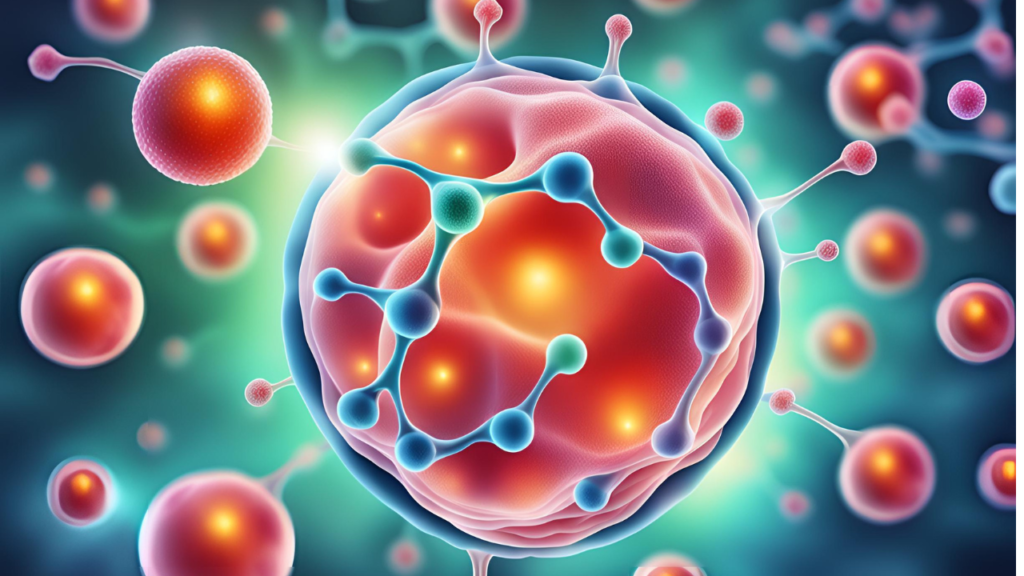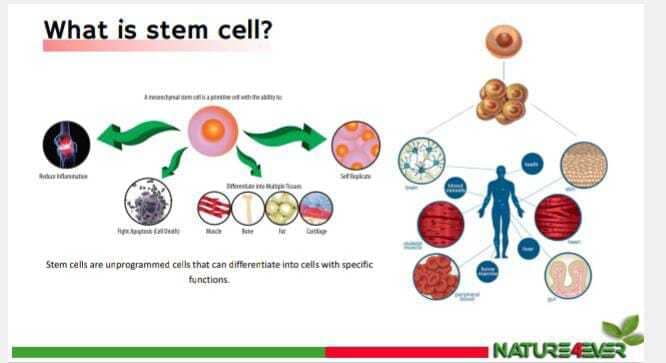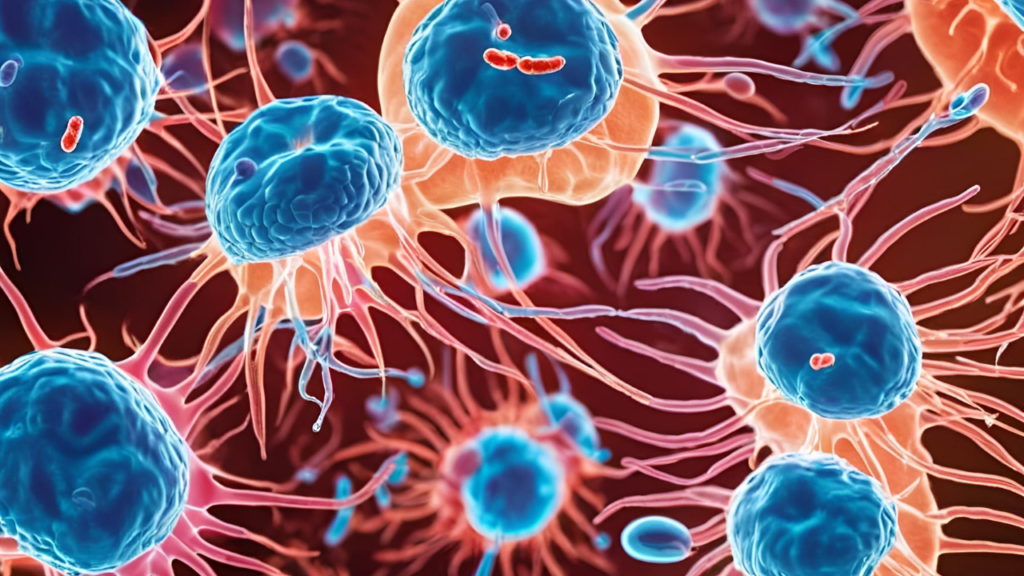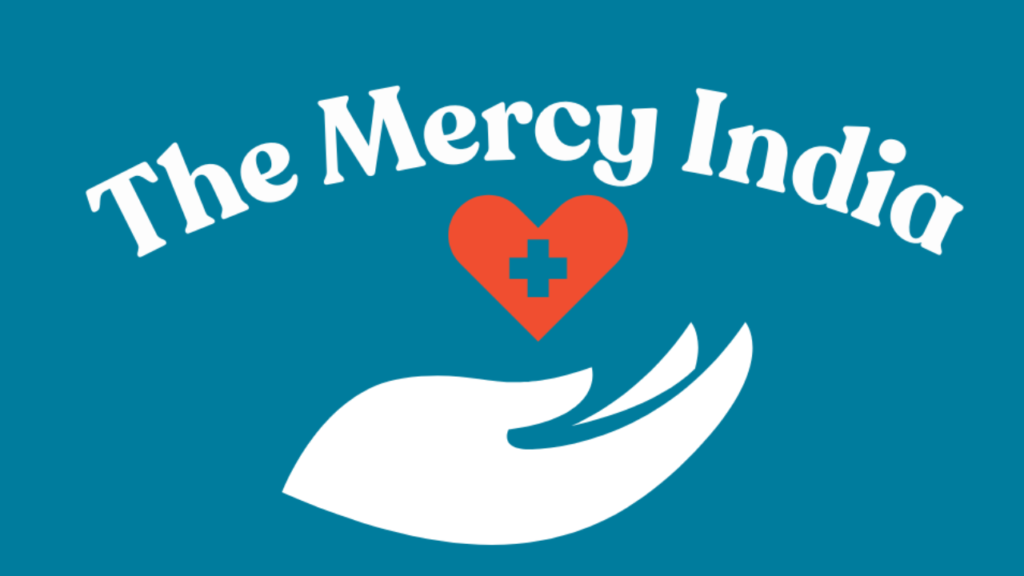What is Stem Cell?

"Stem cells" are a kind of undifferentiated cell with the exceptional potential to separate into a assortment of specific cell types. They act as the working out blocks, assuming a critical part in improvement, tissue fix, and recovery. Stem cells can gap and deliver both indistinguishable stem cells (self-reestablishment) and separated cells, offering tremendous potential for clinical applications what's more, figuring out complex organic cycles.
A Beginner’s Guide: What is Stem Cell?
Stem cells have gained immense attention in recent years due to their groundbreaking potential in medicine and research. If you’ve ever wondered, “What is stem cell?” and why it’s considered a medical marvel, this guide will help you understand the basics and beyond. Let’s dive into the fascinating world of stem cells and uncover their significance.
1. What is a Stem Cell?

At its center, an immature microorganism is an extraordinary sort of cell equipped for forming into different specific cell types in the body. Dissimilar to normal cells that serve a particular capability, immature microorganisms have the noteworthy capacity to either self-reestablish or change into cells with specific jobs. This trademark makes them the structure blocks of life, essential for development, fix, and upkeep in living organic entities.
There are two essential kinds of undeveloped cells:
Early stage Immature microorganisms (ESCs): Got from incipient organisms, these cells can change into any cell type, making them “pluripotent.”
Grown-up Immature microorganisms: Found in tissues like bone marrow and fat, these cells are more restricted in their change potential yet at the same time crucial for fix and recovery.
2. The Discovery of Stem Cells
The excursion to understanding foundational microorganisms started during the twentieth 100 years. Researchers Ernest McCulloch and James Till are credited with showing oneself restoring and regenerative properties of undeveloped cells. Their exploration established the groundwork for investigating immature microorganism science and its applications in medication. Throughout the long term, progresses in innovation have impelled immature microorganism examination to the cutting edge of clinical science.

3. Why Are Stem Cells Important?
Foundational microorganisms assume a fundamental part in keeping up with and fixing tissues.
The following are a couple of motivations behind why they are vital:
Regenerative Medication: Foundational microorganisms can fix harmed tissues and deal with conditions like coronary illness, diabetes, and spinal line wounds.
Drug Testing and Improvement: Analysts use immature microorganisms to test new medications, guaranteeing their wellbeing and viability before human preliminaries.
Grasping Sicknesses: Concentrating on immature microorganisms assists researchers with appreciating how illnesses create and advance.
By tending to these basic angles, undeveloped cells prepare for imaginative treatments and clinical forward leaps.
4. Types of Stem Cells in Detail
Pluripotent Stem Cells
These cells can develop into nearly any cell type in the body. Embryonic stem cells and induced pluripotent stem cells (iPSCs) fall into this category. iPSCs are adult cells reprogrammed to behave like embryonic stem cells, avoiding ethical concerns associated with embryo use.
Multipotent Stem Cells
Multipotent cells are more limited in their potential. For instance, hematopoietic stem cells (HSCs) in bone marrow can produce different blood cells but cannot become brain or muscle cells.
Unipotent Stem Cells
These cells specialize in generating only one cell type but still possess the ability to self-renew. An example is skin stem cells that produce new skin cells.
5. Applications of Stem Cells
The uses of undifferentiated cells are huge and persistently growing. Here are a portion of their most remarkable purposes:
1. Treating Constant Illnesses
Undifferentiated organism treatments are being investigated for dealing with persistent circumstances like Parkinson’s infection, different sclerosis, and joint inflammation. By supplanting harmed cells, undifferentiated organisms offer desire to patients with these weakening sicknesses.
2. Organ and Tissue Recovery
Scientists are dealing with developing organs in labs utilizing undeveloped cells. This progression could settle the issue of organ giver deficiencies.
3. Cancer Treatment
Undifferentiated organisms are utilized in bone marrow transfers to deal with blood malignant growths like leukemia and lymphoma. They assist with recovering sound platelets after high-portion chemotherapy.
4. Corrective and Hostile to Maturing Medicines
Undeveloped cells are tracking down their direction into skincare and against maturing medicines. They help in recovering skin cells, decreasing kinks, and fixing harmed tissues.
6. The Future of Stem Cell Research
The future of stem cells is brimming with possibilities. Scientists are exploring:
Gene Editing with CRISPR: Combining stem cells with gene-editing tools could lead to precise treatments for genetic disorders.
3D Bioprinting: This technology aims to print tissues and organs using stem cells as “bio-ink.”
Personalized Medicine: Stem cells could enable treatments tailored to an individual’s genetic makeup, enhancing effectiveness and minimizing side effects.

